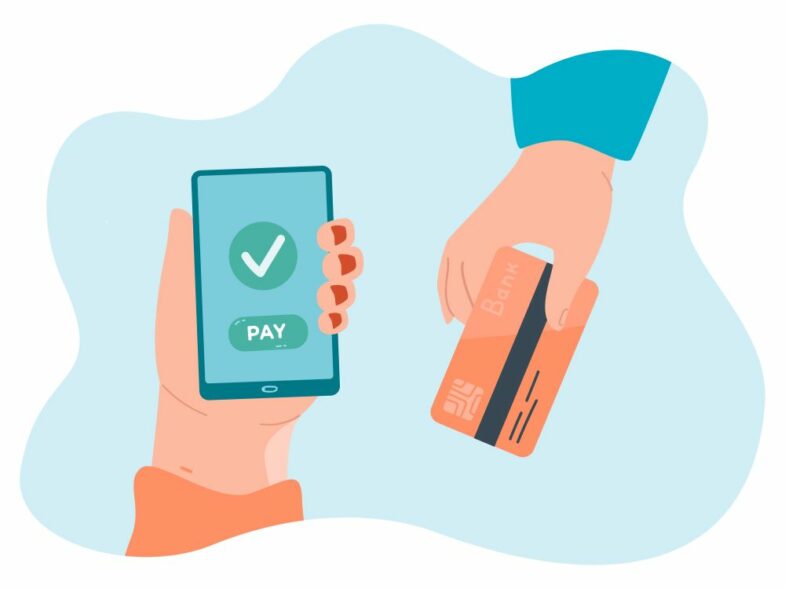If you’ve ever waited days—or even weeks—for a client to pay you, you’re not alone. For people who work project to project, even one delayed payment can make it hard to cover bills, buy supplies, or take on new work.
Getting paid on time isn’t just about money. It’s about being respected for your work and building a stable freelance career. That’s why it’s so important to set clear expectations, stay organized, and understand how the payment process works.
In this article, you’ll learn practical steps to help avoid payment issues—and what to do if they happen anyway.
Ask for a Deposit Before You Begin
One way to reduce payment risk is to ask for part of the payment upfront. For example, you can request 30% or 50% before starting the project. This shows the client is serious and helps you cover your time and effort during the early stages of work.
Most clients understand this, especially if you explain it’s a standard practice in your field. If someone refuses to pay a deposit, it might be a sign that they don’t value your time—or worse, they may never plan to pay at all.
Send Invoices Quickly and Professionally
Don’t wait too long to invoice. Send your invoice as soon as the work is done, or on the date you agreed upon. The faster you invoice, the sooner you’ll get paid.
Make sure your invoice includes everything the client needs to process payment: your name, the date, the total amount, a breakdown of services, and your payment info. Clients are more likely to pay quickly if your invoice is easy to read and follow.
Once your client pays, it’s also important to know how long does a pending transaction take to clear. Most payments don’t show up instantly in your account, even if the client paid right away. Understanding this process helps you avoid unnecessary stress or confusion.
Follow Up Without Being Pushy
When a client misses a payment deadline, follow up quickly but keep it professional. Don’t assume they’re ignoring you. Sometimes payments get delayed due to internal processes or simple oversight. A short, polite message can make all the difference. Mention the invoice number, the amount, and the original due date. Keep your tone calm and businesslike.
If you don’t hear back in a couple of days, send a reminder. If you still get no response after a week, follow up again. Let them know you’re open to resolving the issue and would like to avoid further action. Most clients will respond once they realize you’re serious but respectful.
Offer Easy and Flexible Payment Options
Giving clients different ways to pay can help you get paid faster. Some clients prefer bank transfers. Others use PayPal, Venmo, or payment platforms like Wise or Stripe. If you only accept one method, you might cause delays or make it harder for them to pay on time.
Make sure your payment instructions are clear on your invoices. If possible, include a direct payment link. This removes friction and speeds up the process. Clients are more likely to pay quickly if it’s easy to do.
Track All Invoices in One Place
When you’re juggling multiple projects and clients, it’s easy to lose track of who’s paid you and who hasn’t. That’s why it’s important to keep all your invoices organized in one place. You can use software like QuickBooks, FreshBooks, or Wave, or even a simple spreadsheet with columns for client name, date sent, due date, amount, and payment status.
This makes it much easier to spot unpaid invoices, follow up on time, and avoid letting overdue payments slip through the cracks. Organized invoicing isn’t just about getting paid faster—it also helps you stay professional and confident when talking to clients about money.
Use Payment Milestones for Long Projects
If you’re working on a project that lasts several weeks or months, don’t wait until the end to invoice. Instead, break the project into smaller parts and set payment milestones. For example, you can ask for 30% upfront, 30% after the first draft, and the remaining 40% upon completion.
Milestones give you regular income while you work and reduce the risk of doing everything before realizing the client might delay payment. It also helps the client feel more involved in the process, since they’re paying as progress is made. Just be sure to include the milestones in your contract so expectations are clear from the start.
Know the Warning Signs of a Risky Client
Not every project is worth taking. Some clients give off signs that they may pay late—or not at all. Be careful if someone wants a lot of work done quickly but refuses to sign a contract. Also, be cautious if they avoid talking about payment terms or act vague when you bring it up.
Another red flag is if they say things like “We’ll pay you once we get paid.” This puts all the risk on you. Trust your instincts. If something feels off, it’s okay to turn down the job or ask for full payment upfront.
Add Late Fees That Motivate Action
Including a late fee in your terms can help push clients to pay on time. The amount doesn’t have to be high—even a small fee can show that you take deadlines seriously. For example, you might charge $25 or 2% of the invoice for every 15 days it’s late.
Mention this policy in your contract and on your invoices. You don’t need to enforce it every time, but having it there gives you leverage if a client keeps missing due dates. It also sends a message that your time has value.
Don’t Be Afraid to Walk Away or Get Help
If a client keeps avoiding payment, you may need to take stronger action. Don’t let unpaid work drag on for months. If reminders don’t work, stop working for that client. You can also use a collections service or take legal steps if the invoice is large.
Sometimes just letting the client know you’re ready to escalate the issue can be enough to get a response. Keep all your messages and paperwork in case you need them later. It’s better to lose a client than to work for free.
Getting paid on time isn’t just about luck—it’s about having a system in place. Clear contracts, fast invoicing, polite follow-ups, and a good understanding of how payments work can make a big difference. Knowing how long a pending transaction takes or what to do with a non-paying client gives you more control and less stress.
Freelancing gives you freedom, but it also comes with challenges. Don’t let late payments be one of them. Set clear rules, trust your instincts, and stay organized. When you treat your work like a business, clients are more likely to do the same.









